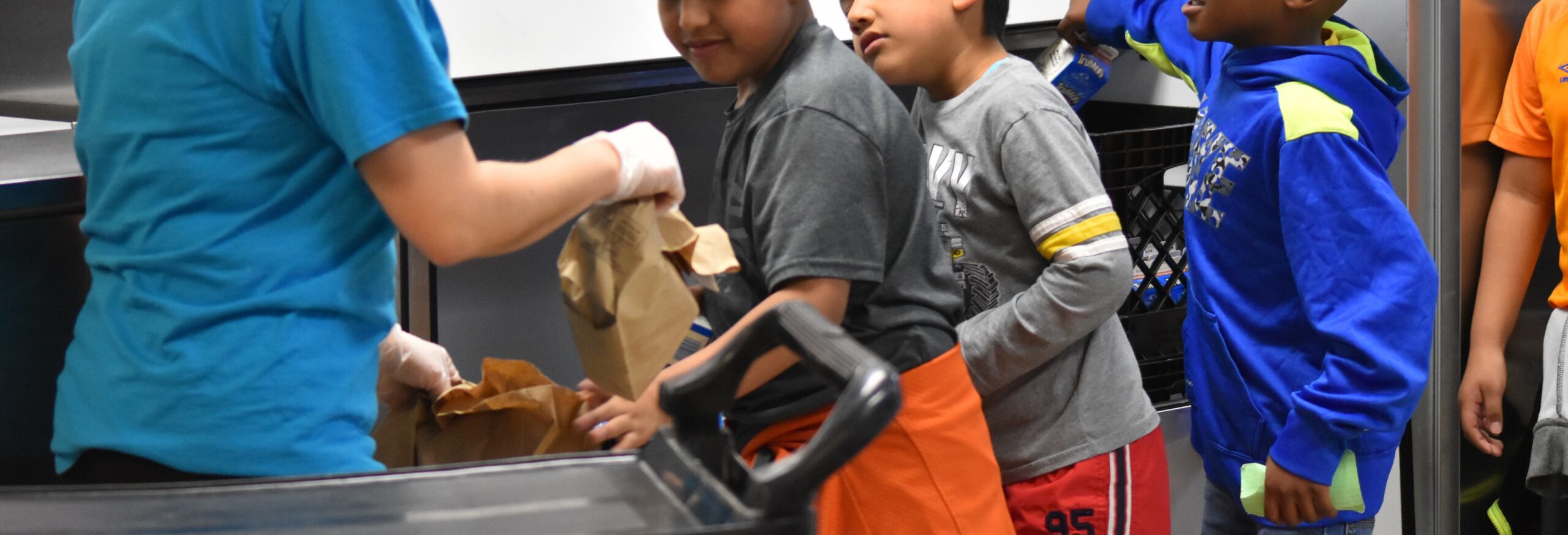by Eugenia Chow, Hunger Outreach/Data Specialist, Hunger Free Oklahoma
For many children, school lunch may be the last healthy meal they get before returning to school the next day. The At-Risk component of the Child and Adult Care Food Program (CACFP) helps fill this gap by ensuring that children 18 years old and younger receive a meal or snack afterschool at no cost.
Organizations can participate in the afterschool snack and supper component as a sponsor, meal site, or both as long as they meet eligibility requirements; meal sites must be located in a school attendance area where at least 50% of the children qualify for free or reduced-price lunch; and they have to offer an enrichment activity. Through this component, sponsors receive reimbursements for the number of qualifying meals served, which in turn frees up funding previously allocated to food for other purposes.
In 2017, more than 2.5 million suppers and 1.2 million snacks were served statewide bringing in a total reimbursement of over $13 million in federal dollars back to Oklahoma (Source: OSDE). This is a huge increase from the 195,000 suppers served back in 2015 thanks, in large part, to the efforts of meal sponsors, afterschool providers, and the Oklahoma State Department of Education, that oversees the program in Oklahoma.
With room to grow*, organizations such as nonprofits, schools, and local government agencies could be eligible to serve supper as long as educational and enrichment activities are provided. In particular, schools located in low-income areas are a natural fit for serving meals and aligning existing programming.
“Meals contribute to the healthy growth and development of children,” said Jazi Hiriart with The Opportunity Project. “Meals paired with educational or enrichment activities enable children to continue learning and stay safe when school is out, creating a culture of wellness both physically and emotionally.”
For kids and teens participating in Out-of-School Time (OST) activities, afterschool meals allow kids to continue learning, growing, and playing after the school day ends.
“[Implementing] afterschool suppers and snacks has been a huge accomplishment,” said Gloria James, Child Nutrition Director of Porter Consolidated Schools. Kicking off the program this past year, James says, “It re-energizes the students after a long day and provides the needed nutrition for growth.”
“Some students don’t have a meal every night and this program meets that need along with helping the families on a tight budget. Parents have commented that the program has given them some relief for food concerns for their kids,” James notes. “Families are struggling to make ends meet and having supper and snacks for the students not only benefits the child but the entire family.”
With many families struggling financially, having suppers available to students not only helps the child but the entire family.
For more information about afterschool suppers and how your organization or school can get involved, please contact Treasure Standeford.
*Only 4.5 Oklahoma children out of every 100 who participates in free and reduced-price lunch participates in the afterschool snack and supper component (Source: FRAC).

